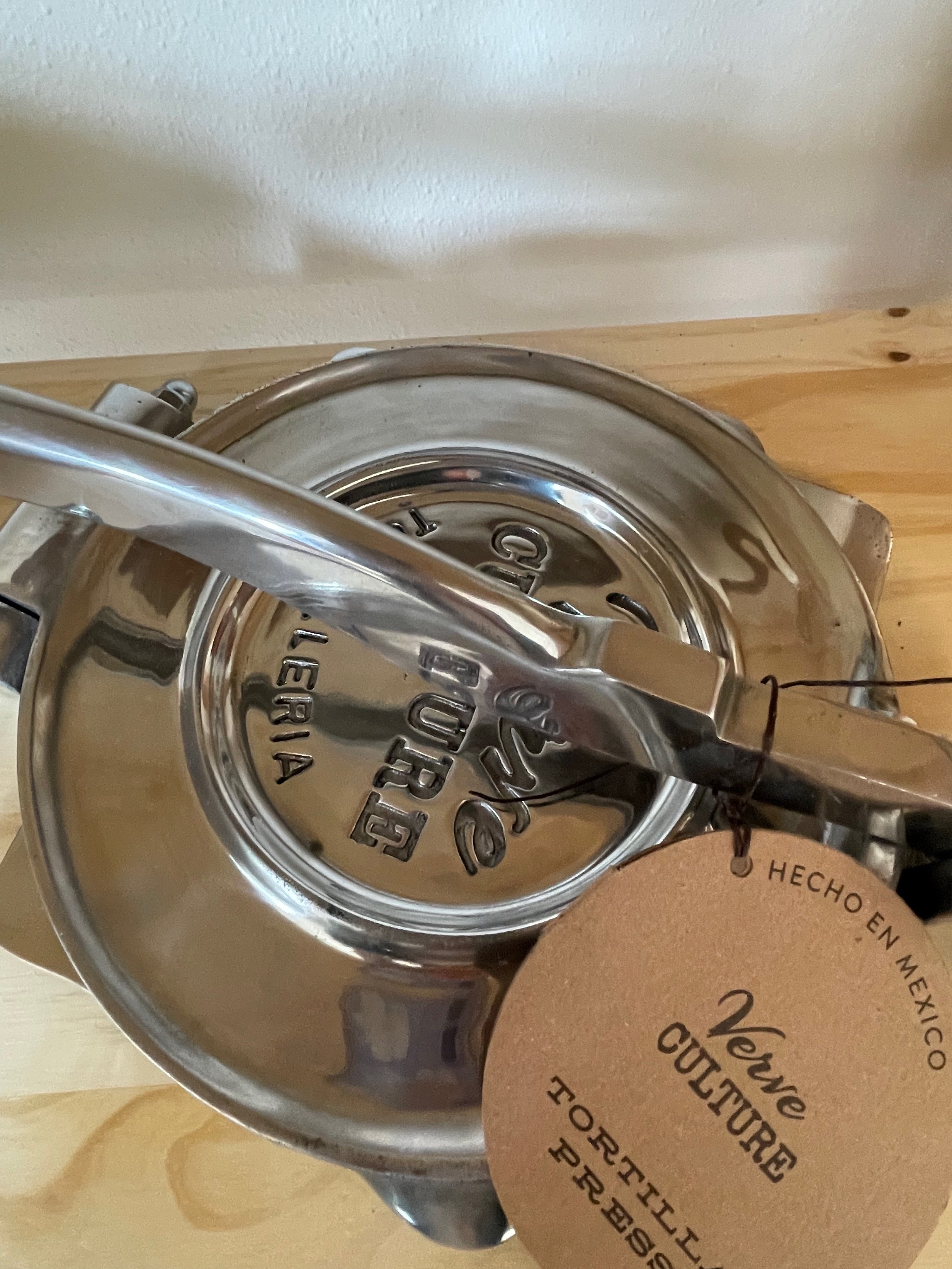The History of the Tortilla
Founder Note: Corrie here. Welcome y Bienvenidos! As we’ve previously shared, the mission behind Modern Folklore is not only to celebrate the hands that make, but also the cultures that influence those hands. Throughout this next month, we will be lifting up Hispanic Heritage Month and recognizing the significant influence Hispanic culture has played in all of our lives. Growing up in south central Texas, the Hispanic culture, specifically Mexican, significantly shaped my personal aesthetic, palate, and general approach to living life. I would be remiss to not recognize this beautiful culture and the people who have filled my life with such richness, warmth, and abundance. It is with deep gratitude that we celebrate and recognize the Hispanic culture and we invite you to explore the ways in which this culture and others influence the ways in which you live, work, and play. We also welcome your thoughts, perspective, and constructive feedback!
In honor of Hispanic Heritage Month beginning today we wanted to dedicate this Artisan Spotlight to an important staple food of Hispanic culture: the tortilla!
The tortilla has been a long-standing staple food in many cultures for thousands of years. It is a food close to the hearts of many and has been bringing communities together for generations. The first tortillas date back to ancient Mesoamerica, a region extending from present-day central Mexico through Central America into Costa Rica. They were traditionally made of maize or corn flour. Corn tortillas were and continue to be made from nixtamalized maize, where the kernels are soaked in a mineral, lime, and water solution to remove their skins. This process makes corn more digestible and heightens its nutritional value. Not only were corn tortillas essential sustenance for Mesoamerican civilizations, they were also an important cultural staple. Tortillas were painted with natural dyes and used in Aztec religious ceremonies. Even after the Spanish occupation of Mesoamerica, Spanish colonizers painted tortillas with catholic patron saints following native traditions. Flour tortillas were also introduced during the Spanish occupation when the Spaniards brought wheat to Mesoamerica.
Today, the tortilla remains an integral part of Hispanic culture and has been shared with many other cultures. The tortilla press was developed to make the tortilla-making process easier and more efficient. Throughout the years, they have allowed people to convert small-batch homemade tortillas into larger-scale businesses. These tortillerias have long supported families, built communities, and connected people to their culture.
We’re proud to share with you Verve Culture’s tortilla press, that invites you to not only craft delicious handmade tortillas, but to also participate in a long-standing cultural tradition while supporting the artisans in Mexico that made the presses. This brings together the beauty of shared culture, community, and yummy handmade food that sparks our passion here at Modern Folklore.
Stop by Modern Folklore for tortilla presses and other handmade products from Mexico and beyond!
Compiled by: Ava Lypps, artisan goods guide for modern folklore
Source: Tortillas a Cultural History by Paula E. Morton







